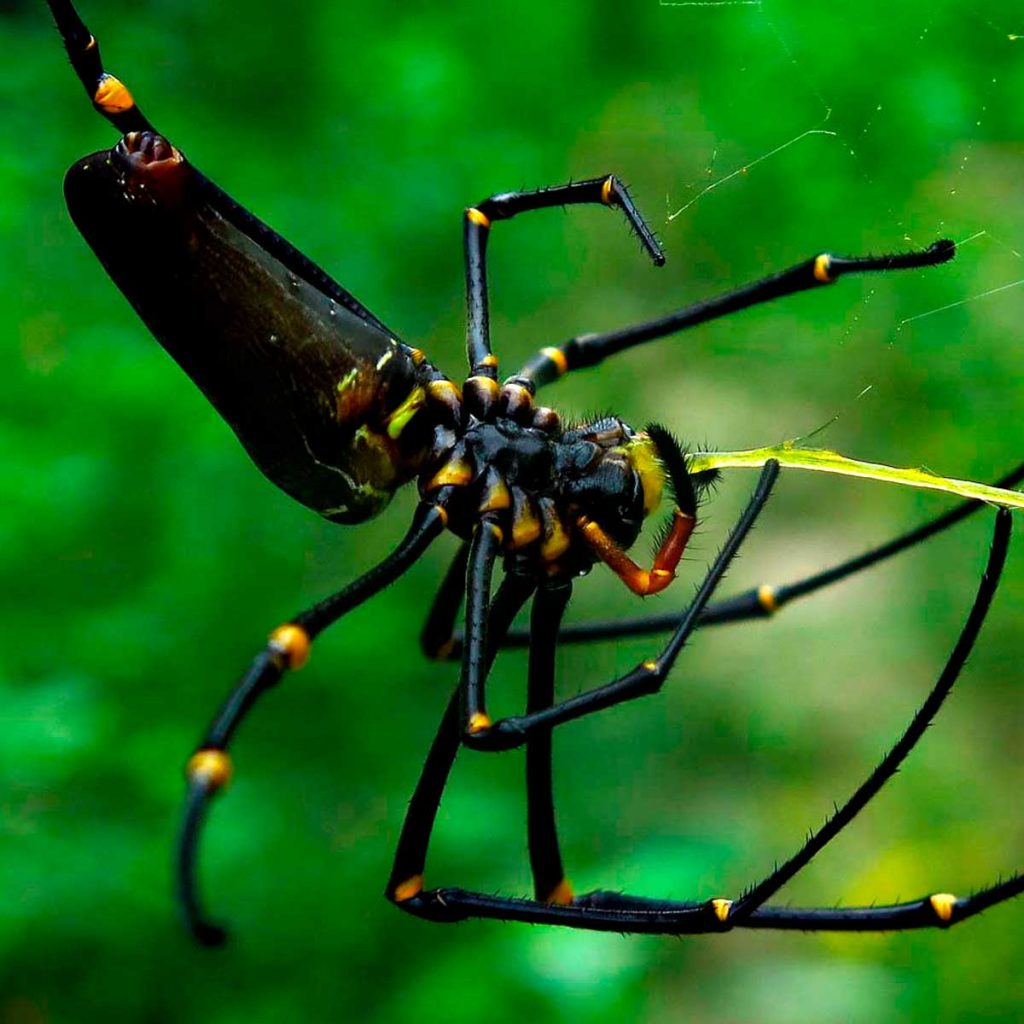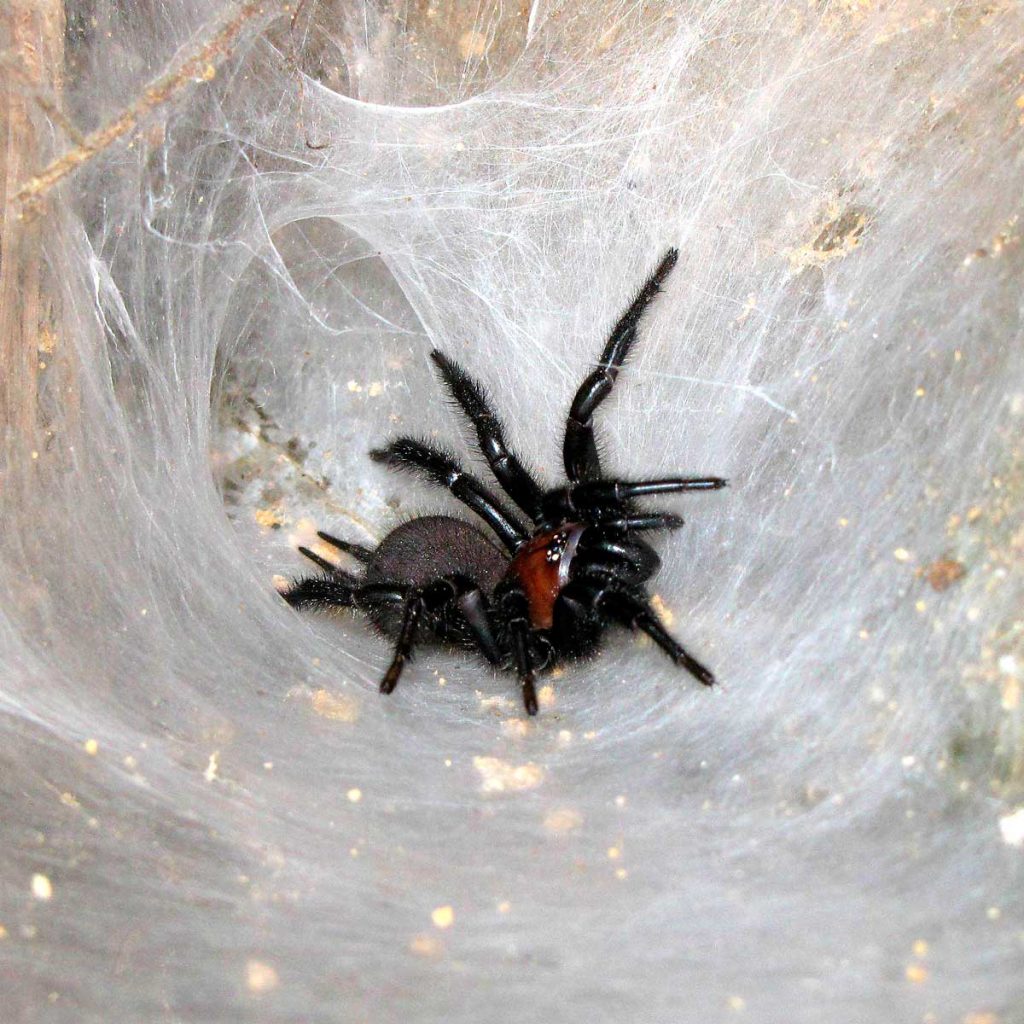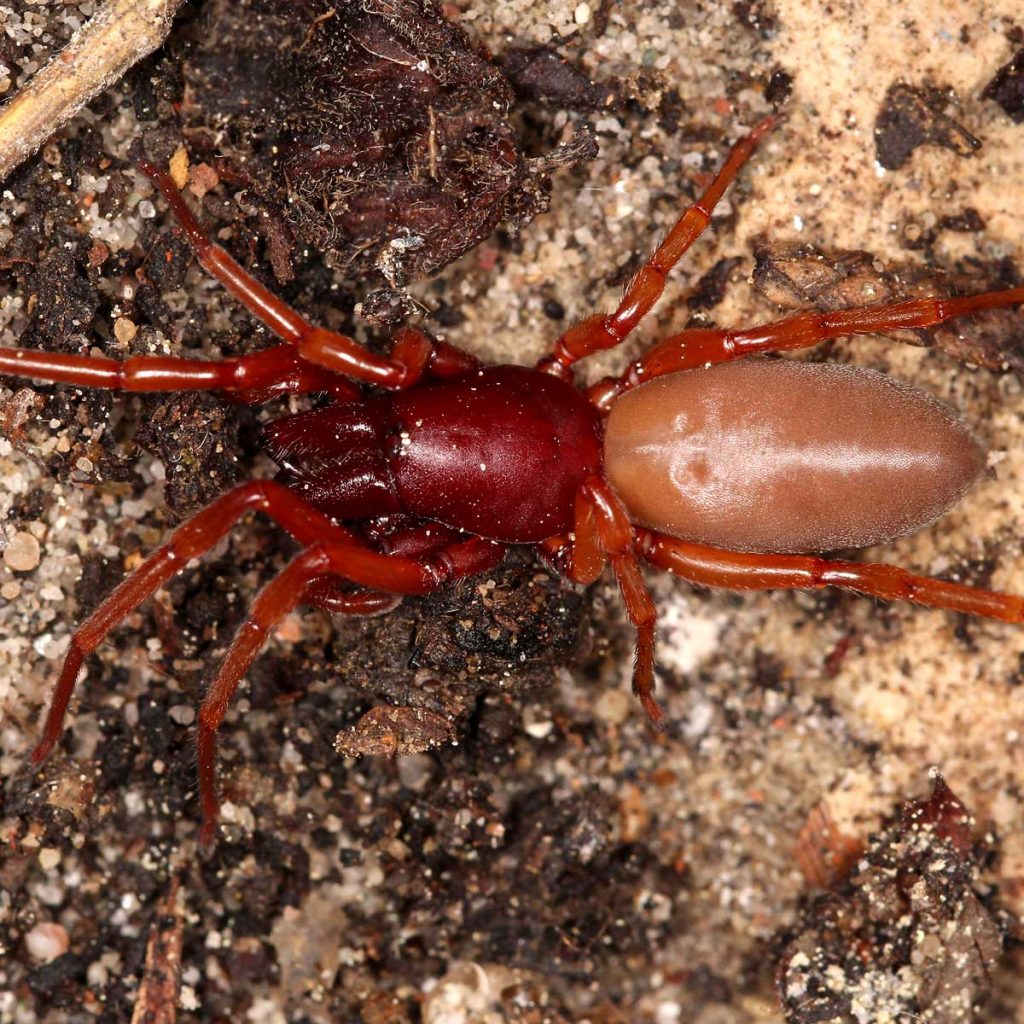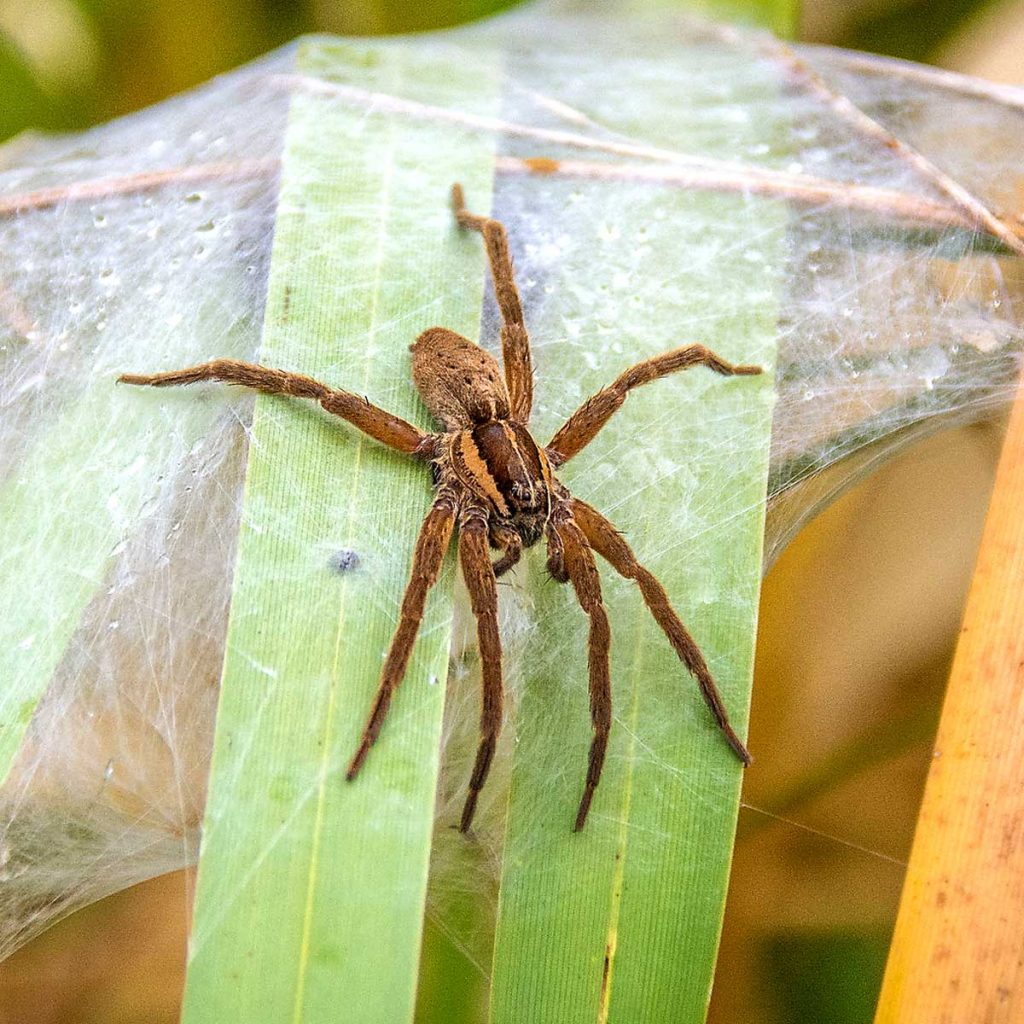
Insects / Spider
Information for Juniors
General Information
- Spiders are arthropods.
- They all have 8 legs.
- All legs are attached to the narrow part of the spiders body which could be called the thorax
- There are about 40,000 known species of spiders.
- Most live for less than 12 months.
- Most spiders build their own web as their home and to catch their prey.
- Their prey is usually small insects.
- Spiders are nocturnal i.e. work at night
- They are omnivores i.e. both plant and meat.
- They are cannibals i.e. they eat each other.
- Spider bites can cause localised swelling or irritations.


Information for Junior Secondary
General Information
- Spiders are arthropods.
- They all have 8 legs.
- All legs are attached to the narrow part of the spiders body which could be called the thorax
- There are about 40,000 known species of spiders.
- Most live for less than 12 months.
- Most spiders build their own web as their home and to catch their prey.
- Their prey is usually small insects.
- Spiders are nocturnal i.e. work at night
- They are omnivores i.e. both plant and meat.
- They are cannibals i.e. they eat each other.
- Spider bites can cause localised swelling or irritations.


Information for Senior Secondary
General Information
- Spiders are arthropods.
- They all have 8 legs.
- All legs are attached to the narrow part of the spiders body which could be called the thorax
- There are about 40,000 known species of spiders.
- Most live for less than 12 months.
- Most spiders build their own web as their home and to catch their prey.
- Their prey is usually small insects.
- Spiders are nocturnal i.e. work at night
- They are omnivores i.e. both plant and meat.
- They are cannibals i.e. they eat each other.
- Spider bites can cause localised swelling or irritations.


Activities
- Locate and photograph 4 spiders in the park.
- Can you name them and write 4 facts on each of these spiders?
- Observe them closely and create a pencil drawing for display in the classroom.
- Photocopy the drawing and make it into a jigsaw puzzle by sticking the drawing onto light card and dividing the card into no more than 12 pieces. Place it in a box so that it can become a game for wet day activities.
- Do some research for yourself and write a report to be read to the class that has excited you in your research into spiders.
